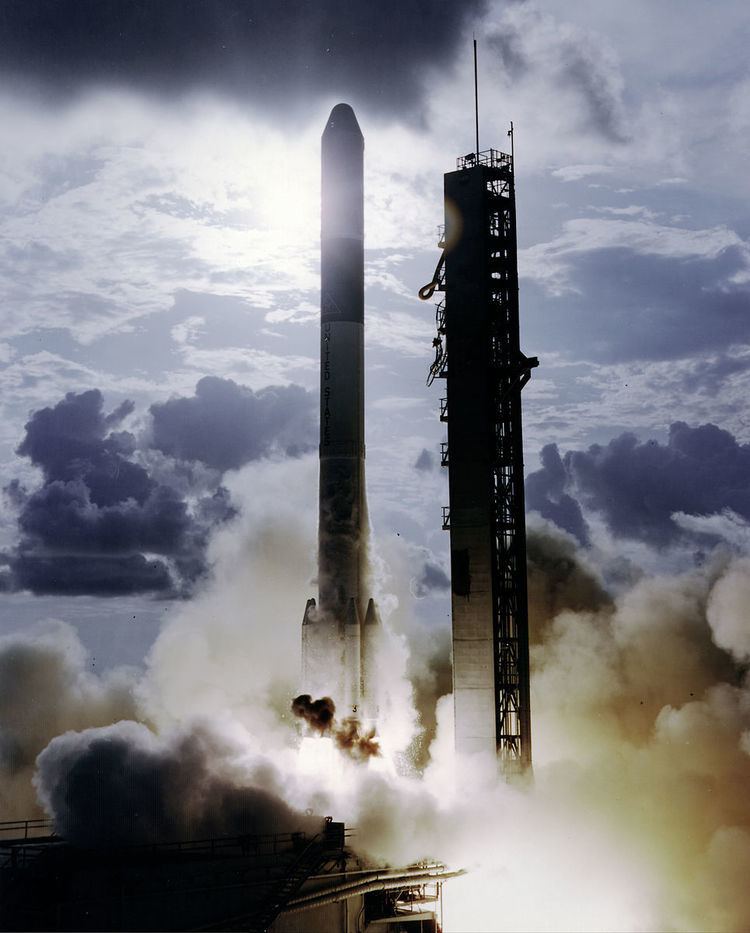Country of origin United States Total launches 8 | Status Retired Successes 8 | |
 | ||
Function Expendable launch system Launch sites Canaveral LC-17BVandenberg SLC-2W | ||
The Delta 1000 series (also referred to as Straight-Eight) was an American expendable launch system which was used to conduct eight orbital launches between 1972 and 1975. It was a member of the Delta family of rockets. Several variants existed, differentiated by a four digit numerical code.
The same first stage and boosters were used on all variants. The first stage was an Extended Long Tank Thor, a further stretched version of the Long Tank Thor used on earlier versions, itself derived from the Thor missile. Four, six or nine Castor-2 solid rocket boosters were attached to increase thrust at lift-off.
The nickname "Straight-Eight" comes from the fact that its second stage variants had the same 8 ft. (2.4 m) diameter as the first stage; previous Delta second stages were smaller in diameter. Two different second stages were flown, depending on the variant:
Some flights used a third stage, either the Thiokol Star-37D or Star-37E, for launches beyond low Earth orbit. One probe launched by the Delta 1000 series, Delta 1913, was Explorer 49 that was placed into lunar orbit on 10 June 1973.
Delta 1000 rockets were launched from Space Launch Complex 2W at Vandenberg AFB and Launch Complex 17B at Cape Canaveral. All eight launches were successful.
